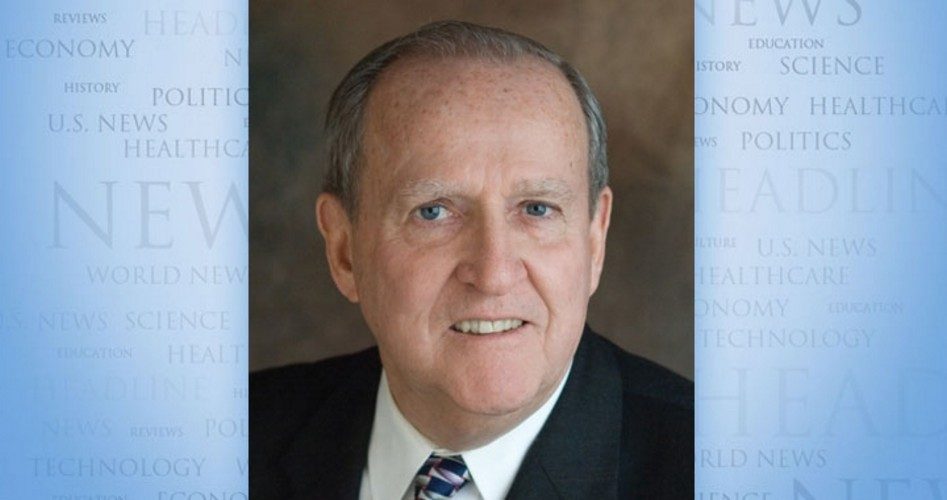
Donald Trump is scheduled to be the nation’s next President. His election will be confirmed on December 19th when the Electoral College meets and confirms the decisions rendered in the 50 states on November 8th. But the question is: Will the electors follow precedent and confirm the Election Day results that showed Trump winning over Hillary Clinton by 306 to 232?
The Electoral College isn’t a college and there is no national gathering of the electors to make their choice. The selection of President is made when individuals (electors) pledged to vote for their political party’s candidate meet in their state and cast their ballot. If the voters in a particular state chose Trump, then the slate of Republican electors are expected to ratify that choice.
Some states legally bind each elector, although that requirement has never been legally challenged in the courts. Could the electors choose someone other than the choice made by their state’s voters on Election Day? The answer to that extremely poignant question is yes.
In 1968, a Republican elector in North Carolina refused to cast his ballot for Richard Nixon, the winner of the popular vote in that state. His vote for George Wallace was duly recorded. In 1972, a Republican elector in Virginia refused to vote for Nixon, the popular vote winner in his state. He opted instead for the candidate of the Libertarian Party. And his choice was also duly recorded.
Some states have taken steps to legally bind electors to cast their ballots as decided on Election Day. No challenges to those restrictions have made their way through the courts.
A Republican elector in Texas recently announced that he won’t vote for Donald Trump on December 19th. That elector, Christopher Suprun, claims that Mr. Trump is not qualified to hold the highest office in our nation and does not possess the proper “demeanor” to be president. He hopes other electors throughout the nation will follow his lead.
Mr. Suprun found immediate support from Harvard University law professor Lawrence Lessig, who distinguished himself as a backer of the movement to hold an Article V constitutional convention. A Con-Con, of course, can completely erase the current U.S. Constitution and invite a totally new one. In 2015, Lessig announced his own candidacy for president as a Democrat. But his candidacy went nowhere, and he soon abandoned the race.
Lessig now claims that the winner of the popular vote (Hillary Clinton) should be declared president by the electors on December 19th. Mrs. Clinton did win more than two million votes than Donald Trump. But Trump’s victories in numerous states added up to an Electoral College win — if the electors follow precedent.
The Founding Fathers didn’t want a popular vote to determine the winner of the presidency. They wanted the states to chose the president. Especially concerned were they about the smaller states having a voice. The electoral system they created does give small states an important say in who becomes the nation’s leader.
A recent report from DC-based Politico says that a team of lawyers has already been assembled to assist Republican electors who want to bolt the system and vote for someone other than Trump. If a sufficient number of electors ignores tradition and Trump does not receive 270 electoral college votes, then the choice of president goes to the House of Representatives, where the decision will be made according to a process little known by the American people. It appears in the Constitution’s Amendment XII adopted in 1804.
It would take 38 Republican electors to block Donald Trump from being named President on December 19th. Christopher Suprun, the balky Republican elector from Texas, is number one in the movement toward this goal. Will there be 37 more? Or will Donald Trump be confirmed as President on December 19? Chances that enough electors will create a presidential crisis are slim. But so were the chances that Donald Trump would do as well as he did on Election Day.
John F. McManus is president emeritus of The John Birch Society. This column appeared originally at the insideJBS blog and is reprinted here with permission.


